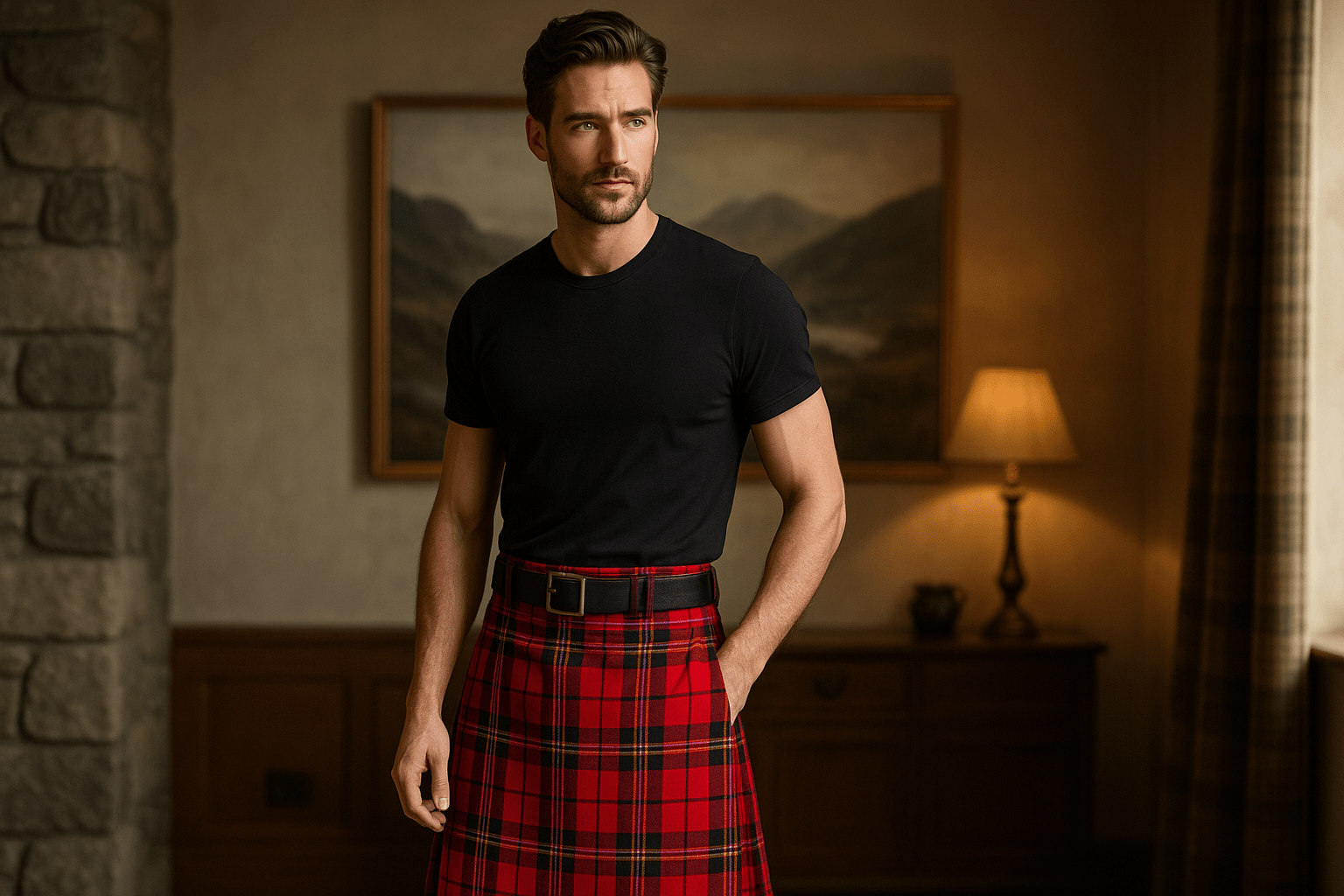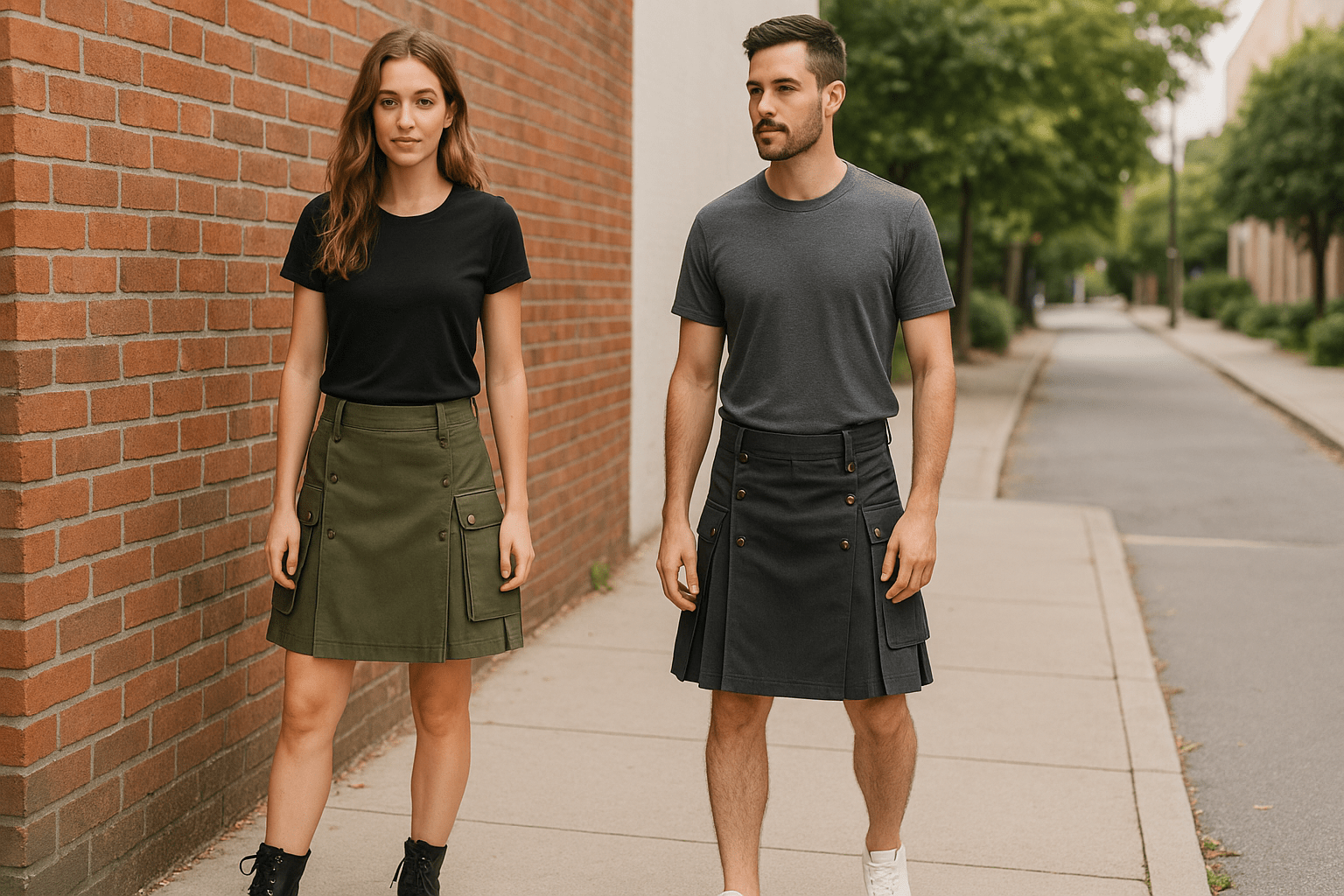Article: The Complete Guide to Wearing a Kilt: Tradition, Style & Modern Tips

The Complete Guide to Wearing a Kilt: Tradition, Style & Modern Tips
The kilt is more than just a garment—it’s a symbol of heritage, pride, and personal expression. Originating in the Scottish Highlands, kilts have transcended borders to become a global fashion statement. Whether worn for weddings, festivals, or everyday confidence, kilts continue to charm wearers with their timeless appeal. In this comprehensive guide, we’ll explore the rich history of the kilt, how to wear one properly, and tips on styling kilts in today’s modern world.
1. A Brief History of the Kilt
The kilt has its roots in the 16th century Highlands of Scotland. The full-length great kilt was originally a practical and warm garment. Over time, it developed into the more fitted "small kilt" or "walking kilt" familiar today. Kilts came to symbolize Scottish identity, particularly in times of political and cultural resistance.
2. Anatomy of a Traditional Kilt
A traditional kilt is constructed of wool with pleats at the rear and a flat apron in front. It typically consists of:
Tartan pattern (symbolizing clan heritage
Leather straps and buckles
Sporran (a pouch worn in front
Kilt hose (socks)
Ghillie brogues (traditional shoes)
3 Choosing the Right Kilt for the Occasion
Not all kilts are created equal. Here's how to choose:
Formal Events: Choose traditional tartan kilts with all authentic trimmings.
Everyday Wear: Utility or hybrid kilts provide practicality and comfort.
hemed Parties : Leather kilts or bright colors are attention-grabbing.
4. How to Wear a Kilt Appropriately
Waist Position: The kilt has to be high at the natural waist.
Length: It must come to the knee, mid-knee height.
Accessories: Wear with a matching sporran, belt, and optionally a vest or jacket.
5. Modern Styling Tips for Men & Women
Men: Experiment with matching a kilt to a fitted t-shirt or denim jacket.
Women: Mini kilts in tartan with crop tops or blazers are a chic combination.
Shoes: Though traditional brogues are the norm, boots and even sneakers now pair smart.
6. Keeping Your Kilt in Tip-Top Condition
Dry clean only for wool kilts
Hang in clips to store
Do not fold to keep pleats
Conclusion
Wearing a kilt is not so much about style—it's about representing identity, history, and self-assurance. Whether you're going traditional or reinterpreting the style for contemporary palates, the kilt is still a strong and adaptable piece in every wardrobe.

